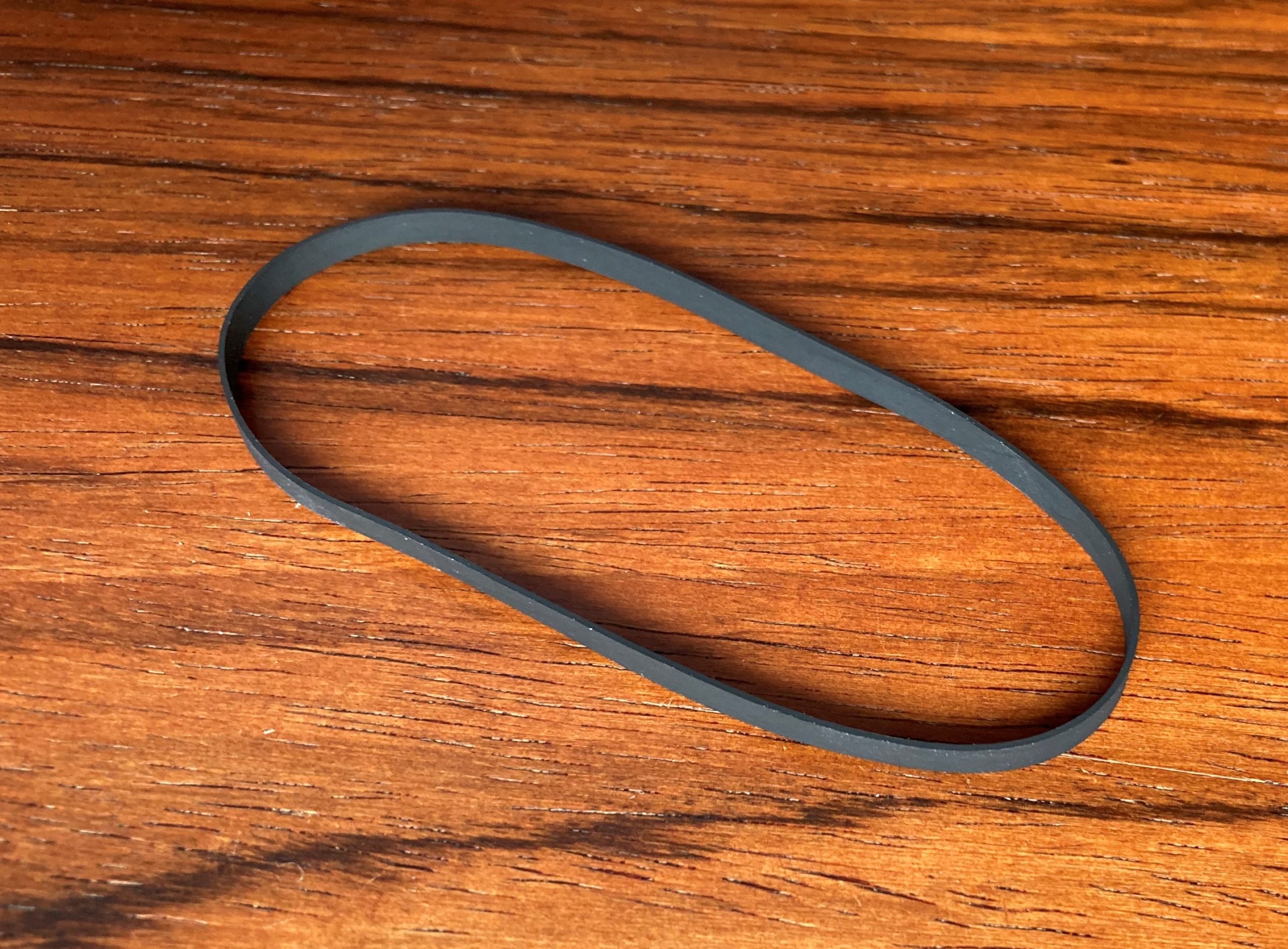
The belt inside of the cassette drive had become hard and fallen to pieces, and rather than hunt around for a replacement, reasoned he might be able to print one out of a flexible 3D printer filament like NinjaFlex. Which is exactly what found when trying to revive his newly purchased Commodore PET 2001.

Unfortunately, now decades later we realize that these little belts are often the Achilles heel of classic hardware, getting brittle and breaking long before the rest of the components are ready to give up the fight. Tape decks, VCRs, even some computers: they all had rotating parts that needed to transfer power to other components, and belts were a cheap and quiet way to do it.
SQUARE SECTION TAPEDECK DRIVING BELT FULL
Or if you prefer, just > email us <<< all the above info you have gathered along with the make and model.It may be hard for some of the younger readers to believe, but there was a time when hardware was full of little rubber belts. Also, if you multiply your string length by 0.95 and 0.97 then you can find a replacement yourself by size description. EXAMPLE: You measure 25" on your turntable with a string.we will recommend a 23.6" belt, NOT a 25" belt as there must be some tension for your belt to work. With the above info, we can assist you in choosing a belt about 3-5% shorter than the length of your actual belt path, which is the industry standard to provide correct tension, torque and playback without excess strain on your motor pulley. this chart will help approximate these measurements if you don't have calipers or a micrometer.Finally, we will need to know the thickness of the old square or round belt or the width and approximate thickness of the old flat belt.If your old belt is missing or melted then a "C" or half moon shaped pulley track means you had a round belt, a V shaped pulley track means the belt was square, and a flat flywheel or wine barrel shaped motor pulley means the belt was flat. See image at top of this page for clarification. We also need to know if your belt was round, flat or square in it's cross section, as well as the thickness and if it's flat, the width as well.ALERT: Reminder, all belt sizes are spoken of in terms of the total length/circumference, never the diameter across the "loop" or circle the belt creates when at rest on a desk.Metric is ok also but please use the same system for all measurements provided. Please use English measurement system if reasonably possible for you.IMPORTANT: When you email us the measurements, please indicate if the length provided is "relaxed belt length" or "string length" as we need to know if the number is ballpark (rubber) or accurate (exact belt path) and so we don't wonder if you have already subtracted the industry standard of 3-5% for a new belt. This method is deemed last resort because belts stretch at various rates over the decades depending on environment and so we don't want to chase a moving target.

If your belt is still in one piece, pinch it at each end and then double the measurement.

We seek the total relaxed current length *as if* the belt were cut from a loop into one long piece. If string is absolutely not threadable around belt path, which is rare, and you have no choice but to provide the length of the old stretched out belt please provide the total length of the belt pulled just enough to be straight and not beyond.
SQUARE SECTION TAPEDECK DRIVING BELT HOW TO
: How to get us an accurate drive belt length measurement.


 0 kommentar(er)
0 kommentar(er)
